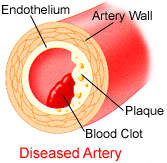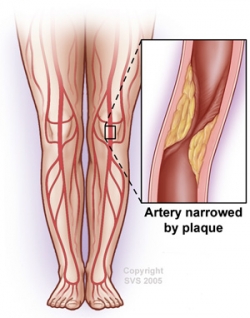- Home
- For New Patients
- Our Procedures
- Peripheral Vascular Disease
Peripheral Vascular Disease

PVD in the legs causes cramping and pain in the legs, especially with exercise or walking. This can range from mild to severe, sometimes disabling people to the point of not being able to work or function in life. When the blockages become really severe, they can lead to pain all the time, or even amputation.
The good news is that PVD is treatable. The first and best thing you can do to treat PVD is to stop smoking and treat high cholesterol. Regular exercise and control of diabetes will go a long way in treating the disease. However, sometimes that is not enough, and you may need the blockages opened.

There are two ways of opening blocked arteries: with surgical bypass, or with minimally invasive methods including angioplasty, stenting, or atherectomy. This is where the Vascular Interventional physicians of VITA have expertise. We specialize in opening blocked arteries in the legs with these technologies, and others. Our methods are not surgery; rather, we use tiny incisions in the groins to place catheters, or small tubes, and other devices into the arterial system to find and to open blocked arteries. In most cases, people are treated and released the next day to resume normal activities. The results are immediate; patients begin healing and walk without pain almost immediately after the procedure.
Most patients with non-healing foot wounds have some degree of PVD contributing to their sores. After opening up the arteries to the legs, even the small arteries below the knee, there is healing that occurs at a very rapid pace because the blood is once again flowing into the foot. This healing actually helps avoid amputation, or minimizes the amount amputated, in a significant number of patients.
If you believe you have PVD causing leg problems, contact us for an evaluation. There are non-invasive test that can screen for PVD easily and comfortably.
- For more information visit:
http://www.sirweb.org/patients/peripheral-arterial-disease/
